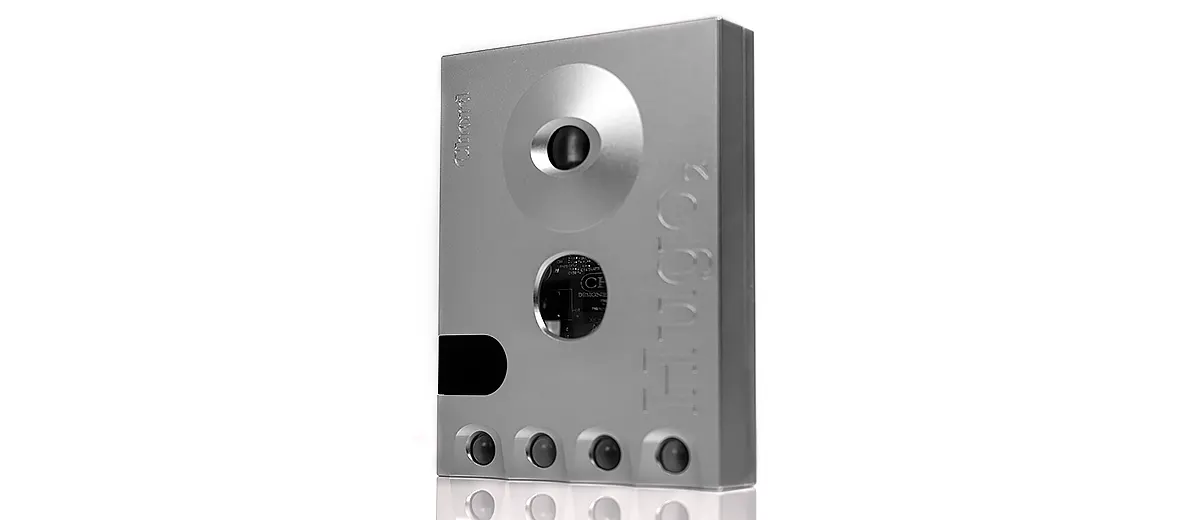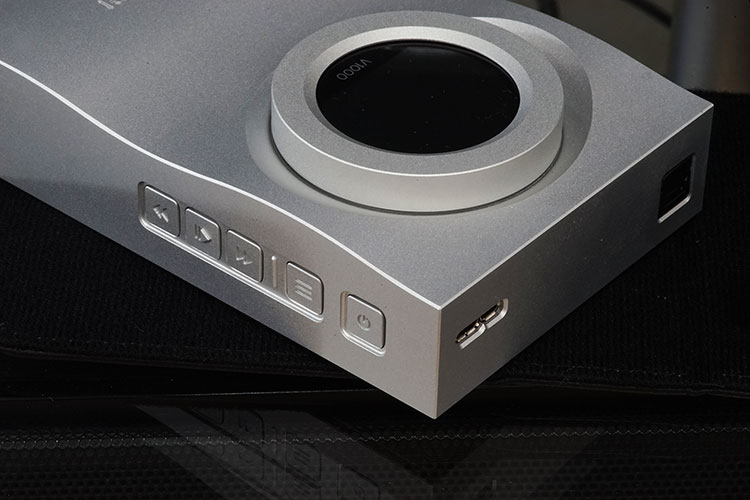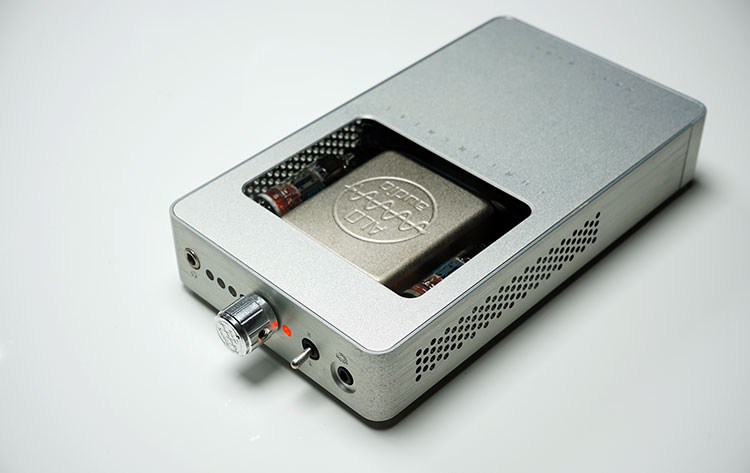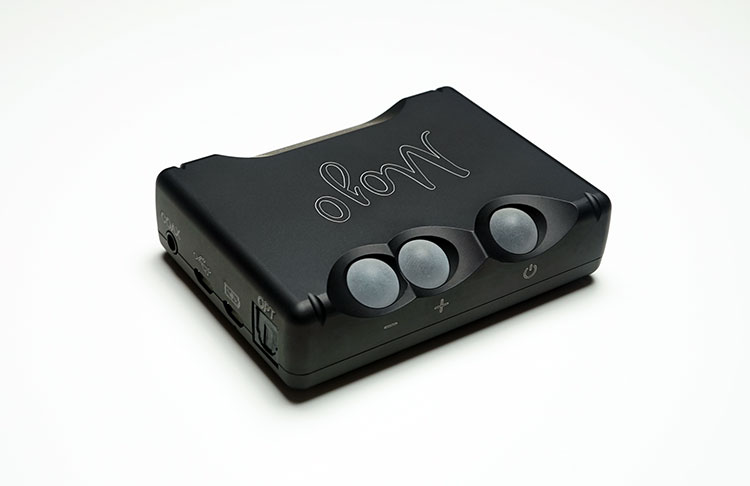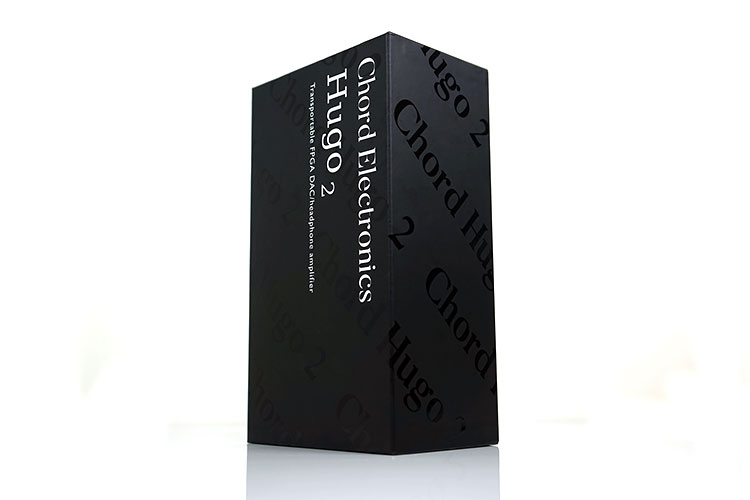Select Comparisons
Aurender Flow
$1295
The Flow was released around the Hugo 1 and for a time locally we did ask if this was a Hugo killer. Sadly it did not turn out to be the case but it is a very competent if slightly aged, transportable DAC/Amp.
Much like the Hugo 2, it is solid and bigger than pocket-friendly but diminutive in terms of desktop components. It can act on its own with its incorporated DAC and amp, or serve as pure DAC in a bigger desktop system.
Physical & Battery
Compared to Hugo 1 the Flow would be slightly more intuitive of the two to use and operate. The Hugo 2’s physical redesign and better physical control layout though is now much superior to them both. With the additional USB charging now added it is also a lot readier for “pick up and go” than before.
It is battery powered much like the Hugo 2 with similar battery performance at around 7 hours. Like the Hugo 2 is can handle a wide range of connections including OTG, PC-DAC out, analog out, and optical out.
Unique Features
What it does not have is a Bluetooth output of any form or coaxial input. It is also short of a 3.5mm jack output so you will need a quarter jack adapter which Aurender has provided.
The Flow uses 3.0 as opposed to micro USB 2.0 but you can use 2.0 cables with it. They have also provided a wealth of cables for connections such as quarter to dual RCA, optical, and USB 3.0.
What the Flow does have is the unusual mSATA slot to act as an HDD storage for audio files. However, it does not play them by itself, consider it an HDD and you have to access them through a PC or similar device.
It has its niche uses but is not something that could be called an overwhelming advantageous feature.
DAC & Amp
Like the Hugo 2, the Flow also has a series of digital filters but is based on the lower spec’ed and older ES9018K2M chipset and is only capable of up to 32-bit/384kHz with DSD64/128 capability.
In terms of output power, the Hugo 2 easily outguns the Flow at 740mW into 32 ohms compared to 380 mW. The Flow’s noise level is slightly lower, perhaps more due to the lower output numbers.
The Flow’s impedance is competitive at 0.06 ohms but not as low as the Hugo 2’s 0.025 ohms.
Sound
Both devices err more from the neutral to the natural side, however, the Hugo 2 is the more resolving, detailed, and balanced of the two. From top to bottom, the Hugo 2 presents much more audible information from texture to instrumental separation as well as more accurate imaging.
The Flow, much like the Hugo 1, has a little bit more bloom in the low end and a slightly softer bass response compared to the snappier and more detailed Hugo 2.
I am still impressed by how Aurender managed to avoid Sabre glare in the Flow’s signature so that a slightly soft attack is evident even in its treble response making it one of the better Es9018 implementations out there with impressive headroom.
The Hugo 2 though has a bit more sparkle and clarity and doesn’t need to revert to any softening so it comes across as more accurate yet still quite natural sounding and very refined.
Perhaps the biggest difference is the mid’s performance. The Hugo 2 instrumental layering is excellent with superb imaging.
Vocals are neutral but accurate also. The Flow’s mids, in contrast, are nothing special and vocals only seem to perform on operatic or classical where it’s not so essential to have a guttural performance.
I don’t get the same level of detail and texture from Flow’s vocal performance which leaves me a bit cold.
ALO Audio Continental Dual Mono
$1495
Technical
For me, the CDM and the Hugo 2 are chalk and cheese, and happily, I have them side by side.
Technically the Hugo 2 is far superior with high rates of decoding up to 768kHz/32-bit with a native DSD playback capability of up to DSD512 compared to the CDM’s more limited delta-signal Wolfson WM8741 performance of just DSD64 and 192kHz/24-bit.
Power
Again, a similar pattern of output power with the CDM capable of a modest 80mW into 32 ohms and 125mW into 32 ohms balanced compared to the Hugo 2’s very ample 740mW into 32 ohms.
It also has a higher noise floor than the Hugo 2, lacks Bluetooth but can match OTG with Android devices via USB, and also operates as a USB-DAC out.
Analog vs Digital
You can also use the CDM as a pure DAC but unlike the Hugo 2, it can take an analog line-level source input in both balanced and unbalanced whereas the Hugo 2 is entirely digital. Both can line level out with the CDM default at 2V and Hugo 2 at 3V.
Sound
Of course, the big difference and the reason why I think the CDM is entirely complementary to the Hugo 2 is the hybrid tube design which not only brings in a contrasting tonal character but also an additional shelf-life through possible rolling options.
ALO did a great job injecting a really nice tube-like quality into the CDM with a euphoric timbre, a smooth if slightly languid pace, and a laid-back treble response that I find very pleasing to a sometimes tired ear.
It is not as resolving as the Hugo 2, staging is not as expansive nor is the micro-detail quite as palatable or noticeable. The Wolfson Wm8741 is never going to beat the prowess of the Hugo 2 decoding.
However, its amp and tube design behind the CDM is sublime and full of analog character. I never really use the CDM though to hear the pinnacle of detail in my recordings, if anything I use it for switching off from “reviewing” and connect a bit more with whatever I am listening to.
It is a fantastic pairing to take the digital or solid-state edge off any desktop amp, heck why not even pair it with a Hugo 2 and get the best of both worlds?
Chord Mojo
$599
The Mojo cut a path for the Hugo 2 in so many ways with the better orb control, more media-savvy connectivity as well as packing much of the tech inside that is now used and enhanced inside the Hugo 2. In a way, the Mojo was just as much a factor in the Hugo 2 design as the older Hugo 1.
Technical
Specs-wise the Mojo really does well now stacked up against the older Hugo with similar tap length but decoding almost up to Hugo 2 levels at 768kHz/32-bit and DSD512.
Output power is not quite as strong as the Hugo 2 at 600mW into 32 ohms but certainly a little higher than the older Hugo 1 output spec sheet.
The biggest differentiation though is the purpose of the connectivity. You can use a Mojo as a pure DAC with a line-level output level similar to the Hugo 2 at 3V, however, Chord really does not play up this type of use.
The Mojo is intended to be purely portable so its primary design is shaped around its OTG, USB-DAC, optical and coaxial inputs, and a superior battery life of 8-10 hours.
Sound
The Mojo tonality is not a million miles away from the Hugo 2. Both are natural performers and if I had to sum up the Mojo sound it is a grab for the Hugo 2 tonal quality with the technical resolution and detail of the Hugo 1.
What does the Hugo 2 do that is better? Dynamics for me and better energy with a more coherent presentation as well as a superior level of detail. I also find the Hugo 2 just to be a bit more accurate with its staging, timbre, and imaging.
The Mojo is just a little bit more relaxed in comparison. I still love the low end of the Mojo though, it’s got a really nice PRaT and in some ways retains the spirit of the Hugo 1’s fuller low end but not quite as soft.
Just as a side note you can give the Hugo 2 a little more “Mojo” flavor with X-PHD, especially the digital filter 03 which puts a dash of additional warmth and a slightly smoother denser sound.
Our Verdict
The Hugo 2 is a DAC and then some. In some ways, I am convinced that Hugo 2 is the lovechild of the Mojo and Hugo 1, such is the degree of harmony of the two designs. Would the Hugo 2 have been possible without the Mojo? I doubt it.
The design has been upgraded, it’s now easier to understand. The Mojo Orb system has been enhanced. The filters work well and the switching in functionality including the cross-field functions do make a usability difference as well as an audible change.
Everything on the Hugo 2 feels ‘important, there is simply nothing superfluous in its functionality.
I have been guilty of using my old Hugo 1 as a component system far too much but with the Hugo 2’s much better design, superior BT capability, and more enjoyable amp I am unplugging the next-gen a whole lot more.
It is still transportable, heck even the battery life takes a dip but actually, this feels more satisfying to use as a portable device.
I honestly can’t think of a single transportable DAC device out on the market today that can beat the Hugo 2 for pure sound. That bodes well for the end-of-the-year awards.
Chord Electronics Hugo 2 Specifications
- Chipset: Chord Electronics custom-coded Xilinx Artix 7 (XC7A15T) FPGA
- Tap-length: 49,152
- Pulse array: 10-element pulse array design
- Frequency response: 20Hz – 20kHz +/- 0.2dB
- Output stage: Class A
- Output impedance: 0.025Ω
- THD: <0.0001% 1kHz 3v RMS 300Ω
- THD and noise at 3v RMS: 120dB at 1kHz 300ohms ‘A’ weighted (reference 5.3v)
- Noise 2.6 uV ‘A’ weighted: No measurable noise floor modulation
- Signal-to-noise ratio: 126dB ‘A’ Weighted
- Channel separation: 135dB at 1kHz 300Ω
- Power output @ 1kHz 1% THD: 94mW 300Ω
- 740mW 32Ω
- 1050mW 8Ω
- Weight: 450g
- Dimensions: 130mm (L) x 100mm (W) x 21mm (H)
- Boxed Dimensions: 220mm (L) x 122mm (W) x 85mm (H)

